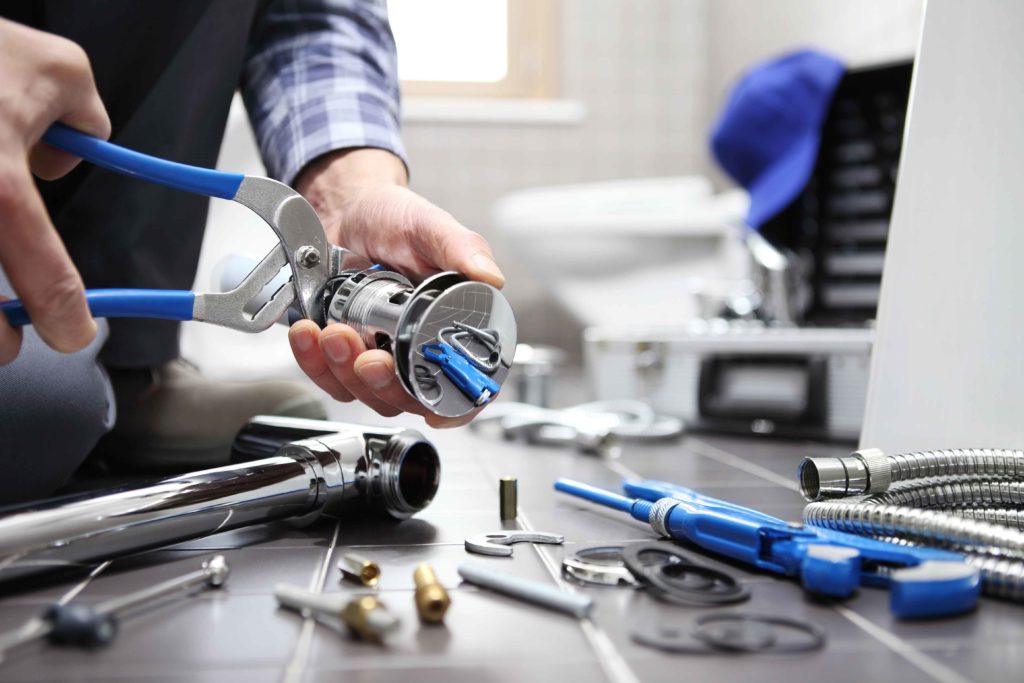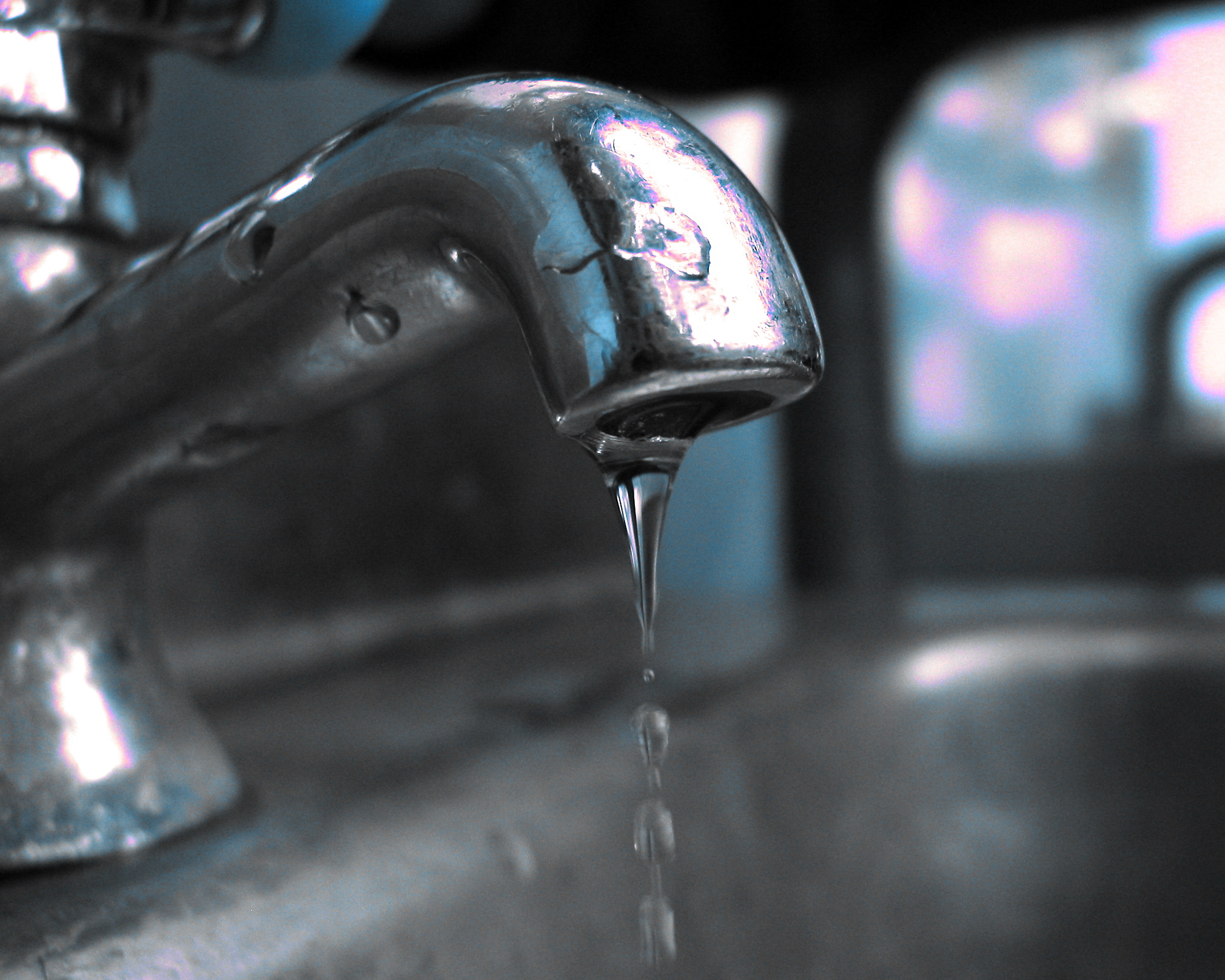Causes Why It's Essential to Fix a Malfunctioning Faucet
Causes Why It's Essential to Fix a Malfunctioning Faucet
Blog Article
What are your opinions concerning Why It's Important to Fix Leaky Faucets?

Dripping taps could feel like a small aggravation, but their influence exceeds simply the aggravation of the audio. From drainage to sustaining unnecessary financial costs and health and wellness risks, neglecting a dripping faucet can cause various repercussions. In this short article, we'll explore why it's important to resolve this common house concern immediately and properly.
Waste of Water
Ecological Influence
Dripping faucets contribute dramatically to water wastage. According to the Epa (EPA), a solitary tap trickling at one drip per second can squander more than 3,000 gallons of water per year. This not only strains water resources yet also influences ecosystems and wildlife depending on them.
Financial Prices
Raised Water Costs
Beyond the ecological influence, trickling faucets can blow up water costs significantly. The built up wastage gradually converts into greater utility expenditures, which might have been stayed clear of with timely repairs.
Prospective Property Damages
Additionally, extended trickling can result in harm to components and surfaces surrounding the tap. Water accumulation can cause discoloration, rust, and also architectural issues if left unattended, causing extra fixing costs.
Wellness Worries
Mold and Mold Growth
The consistent presence of dampness from a trickling tap creates a suitable atmosphere for mold and mildew growth. These fungis not only compromise indoor air top quality but additionally posture wellness threats, particularly for individuals with respiratory conditions or allergic reactions.
Waterborne Conditions
Stationary water in leaking faucets can come to be a breeding place for bacteria and various other microorganisms, increasing the risk of waterborne illness. Contaminants such as Legionella bacteria thrive in stagnant water, potentially leading to significant health problems when consumed or breathed in.
DIY vs. Professional Fixing
Benefits and drawbacks of DIY Fixing
While some might try to take care of a trickling tap themselves, DIY repair services come with their own set of difficulties. Without correct understanding and tools, DIY attempts can worsen the concern or cause incomplete repair services, prolonging the issue.
Advantages of Working With a Specialist Plumber
Working with a professional plumber makes sure that the underlying root cause of the trickling tap is dealt with effectively. Plumbers have the expertise and devices to identify and repair tap concerns efficiently, conserving time and decreasing the danger of additional damage.
Step-by-Step Guide to Dealing With a Dripping Tap
Tools Needed
Prior to attempting to deal with a dripping faucet, gather the essential devices, including an adjustable wrench, screwdrivers, substitute components (such as washing machines or cartridges), and plumber's tape.
Usual Tap Issues and Their Solutions
Determine the type of tap and the specific issue triggering the drip. Typical problems consist of worn-out washing machines, corroded valve seats, or faulty O-rings. Describe manufacturer directions or online tutorials for step-by-step support on repair work.
Safety nets
Normal Upkeep Tips
To prevent trickling faucets, carry out routine maintenance such as cleaning up aerators, evaluating for leakages, and changing worn-out parts promptly. In addition, take into consideration setting up water-saving gadgets or updating to a lot more reliable components.
Value of Prompt Repair Works
Dealing with dripping taps as quickly as they're discovered protects against more water waste and prospective damage, ultimately conserving both water and money in the long run.
Effect On Property Worth
Perception of Well-Maintained Residential Or Commercial Property
Maintaining a building in good condition, consisting of resolving maintenance issues like trickling faucets, enhances its regarded worth and charm among possible customers or tenants.
Impact on Resale Worth
Features with properly maintained plumbing fixtures, including taps, command higher resale worths in the property market. Resolving trickling faucets can contribute to a positive perception during residential or commercial property inspections and negotiations.
Ecological Obligation
Private Contribution to Preservation
Taking duty for taking care of trickling faucets straightens with more comprehensive efforts toward water conservation and ecological sustainability. Every person's activities collectively make a significant effect on maintaining valuable sources.
Sustainable Living Practices
By focusing on punctual repair services and taking on water-saving behaviors, people add to sustainable living practices that benefit both existing and future generations.
Verdict
Addressing a trickling tap exceeds simple ease; it's an essential step towards conserving water, reducing monetary costs, and safeguarding health and wellness and building. Whether with do it yourself fixings or professional assistance, taking action to fix leaking taps is a little yet impactful method to advertise accountable stewardship of resources and add to a healthier, extra lasting future.
How to Fix a Leaky Faucet: Step-by-Step Repair Guide
A leaky faucet may seem like a simple annoyance, but if it's not fixed promptly, that leak could cost hundreds to potentially thousands. From water damage to mold, mildew, and high water bills, even a tiny leak can be catastrophic if left unattended. Damage like this can even affect the overall value of your home, so it's important to take the right approach for leaky faucet repair. You may need the help of a plumber in some cases, but we've got a few tips you can try on how to fix a leaky faucet before calling the pros.
Four Faucet Types
When you're learning how to fix a leaky faucet, the first step is knowing what kind of faucet you're working with! There are four common types.
Cartridge Faucets
Cartridge faucets come in one- or two-handled varieties. In one-handled cartridge faucets, hot and cold water combines in a single cartridge. In the two-handled versions, hot and cold water are controlled separately and mixed in the faucet.
Ball Faucets
Ball faucets have a single lever you push up and down to adjust the pressure and rotate to change the temperature. A slotted metal ball controls the amount of water allowed into the spout.
Compression Washer Faucets
They're the oldest type of faucet, but they're still used in many homes — especially older ones. Compression faucets have two separate handles that, when turned, raise or lower the washer that seals a water valve. This valve stops water from flowing through the faucet when it is turned off.
Disc Faucets
Disc faucets rarely need to be repaired due to their maintenance-free design. The water flow is controlled by two discs — the upper one raises and lowers against a fixed lower disc, creating a watertight seal. If your disc faucet starts leaking, you may need to replace the seals or clean residue buildup from the inlets.
Fixing a Leaky Faucet
Step 1: Turn Off the Water
Whether you're learning how to fix a leaky bathtub faucet or how to fix a leaky kitchen faucet, always turn off the water supply to your working area when you're fixing a leak. The last thing you want is a flood added to your list of things to fix.
Look for the shutoff valves below your sink or around the tub and turn them clockwise to stop the water flow. If your faucet doesn't have shutoff valves, you may need to turn off the water for the whole house. Check to make sure it's off by turning the faucet on. If nothing comes out, you're ready to start the repair.
Step 2: Take Apart the Faucet
How you disassemble your faucet depends on the type of fixture you have. You can use a flathead screwdriver to remove the caps on top of the handle or handles for cartridge and compression faucets. Inside, you should see handle screws. Unscrew these with a screwdriver to remove the handle.
Disc- and ball-style faucets will typically have an inlet screw near the handle, and removing that will reveal the interior of the faucet.
Detach the Valve Stem
For cartridge- and compression-style faucets, you'll see the inner valve stem or cartridge once you remove the faucet handles. If you have a compression faucet, unscrew the brass valve stem. If you have a cartridge faucet, pull out the cartridge. If your cartridge has been in place for a while, it may require some tools or extra force to remove it due to mineral deposits.
Examine and Replace Parts
Once you've removed the parts, check them out to confirm what needs to be replaced. You may see corroded rubber washers, O-rings, stems, or cartridges. On a ball-style faucet, check the seats and springs for damage.
If you need to repair a leaky disc faucet, check the inlet and seals on the lower disc.
Once you determine what parts must be replaced, visit your local hardware store. Bring the damaged parts with you to ensure you can purchase the correct components to replace them.
Clean Valves and Faucet Cavity
If you've removed a stem or cartridge, you may notice mineral buildup in the faucet's threads. Use white vinegar to clean the valve seat by soaking it for a few minutes, then scrub it away with a soft toothbrush and rinse with warm water. You can also clean the interior of the faucet in the same way.
Reassemble the Faucet
Once your faucet is cleaned and the required parts have been replaced, it's time to reassemble it. Put the pieces back together and slowly turn the water supply back on. Doing this slowly is crucial because too much initial water pressure can damage the new hardware you've just installed.
https://homewarranty.firstam.com/blog/how-to-fix-leaky-faucet

I am just very excited about Should I Repair or Replace a Leaky Faucet? and I'm hoping you enjoyed reading our piece. Are you aware of someone else who is very much interested in the niche? Feel free to share it. Many thanks for taking the time to read it.
Report this page